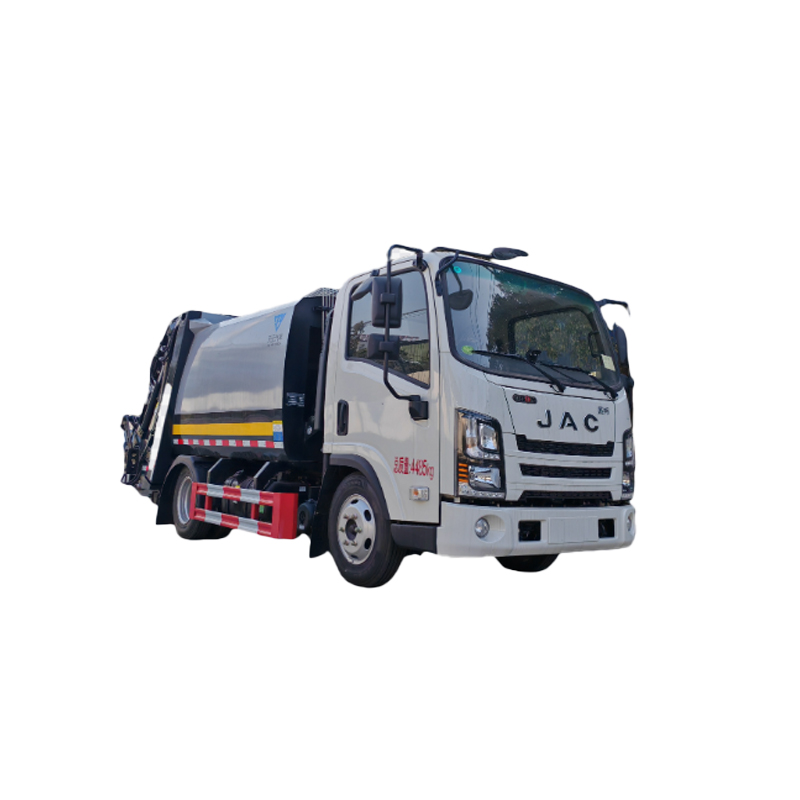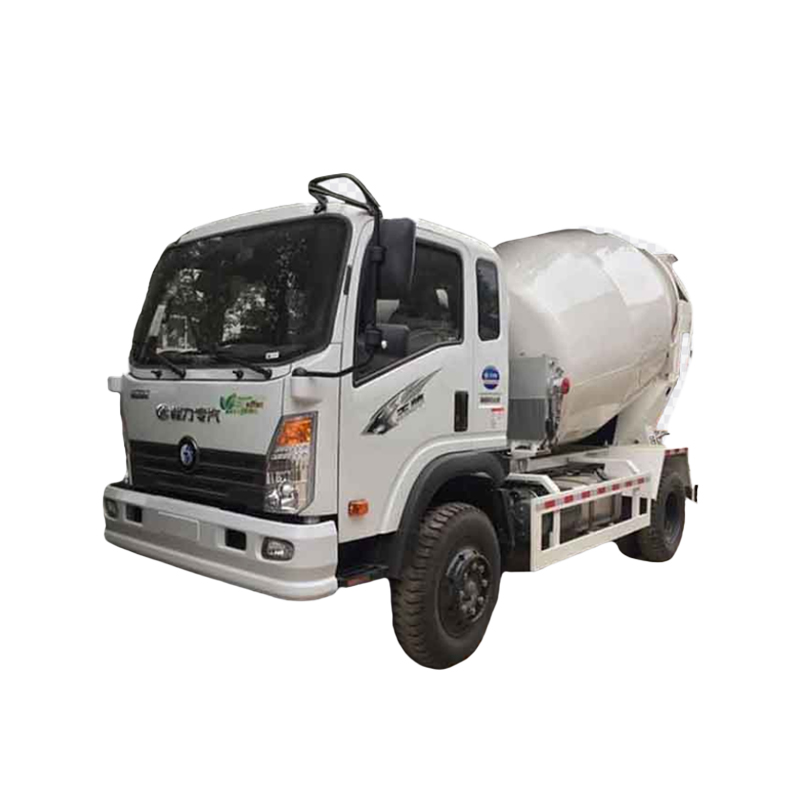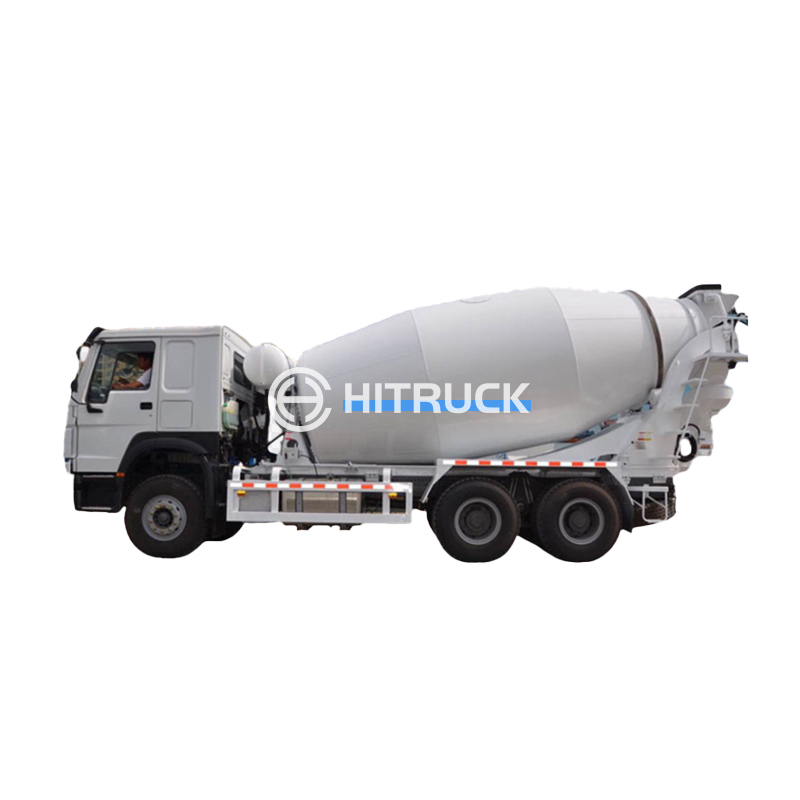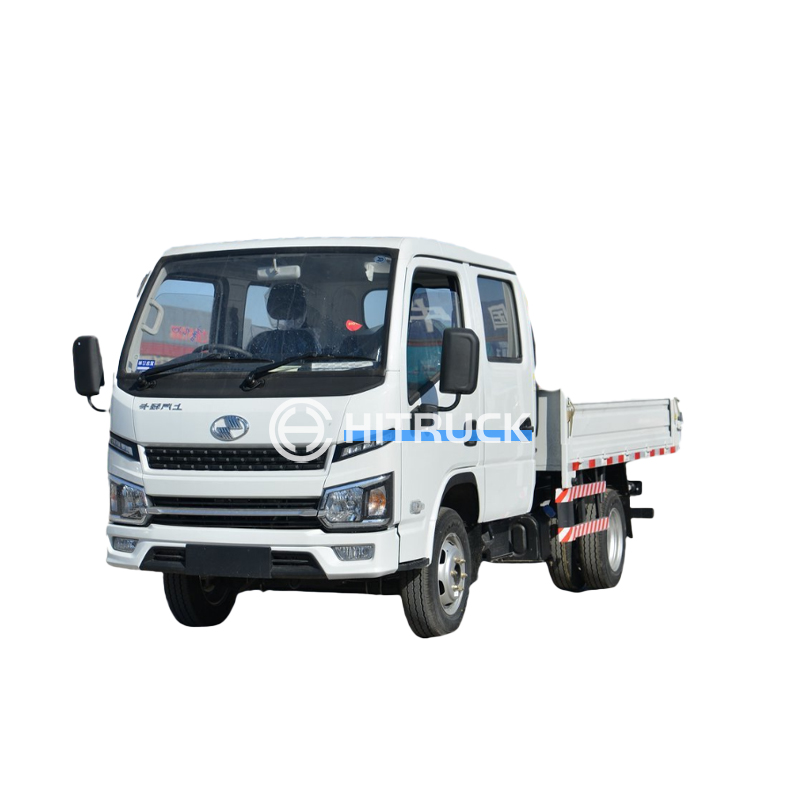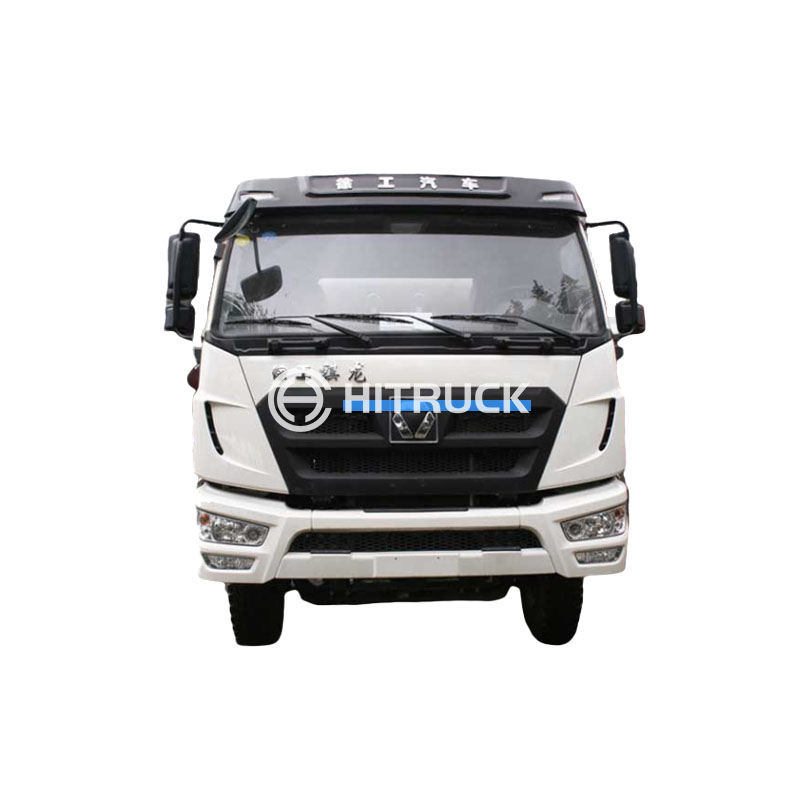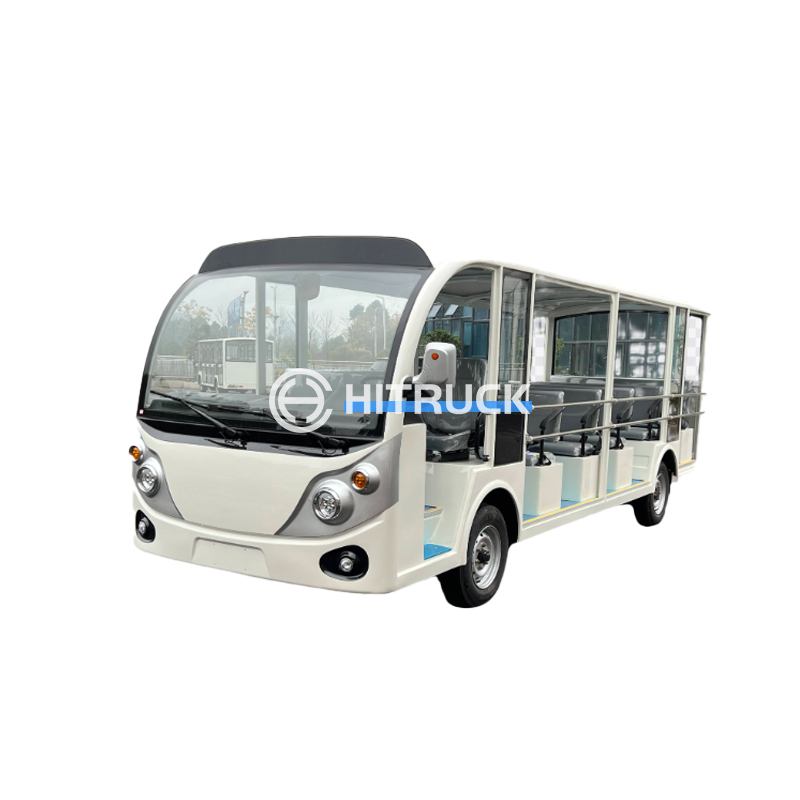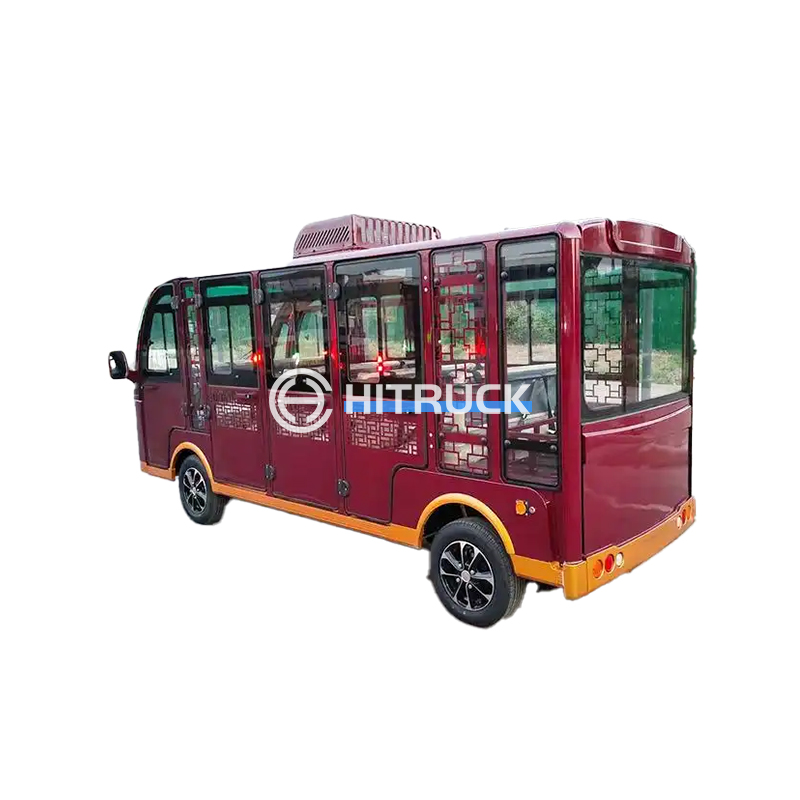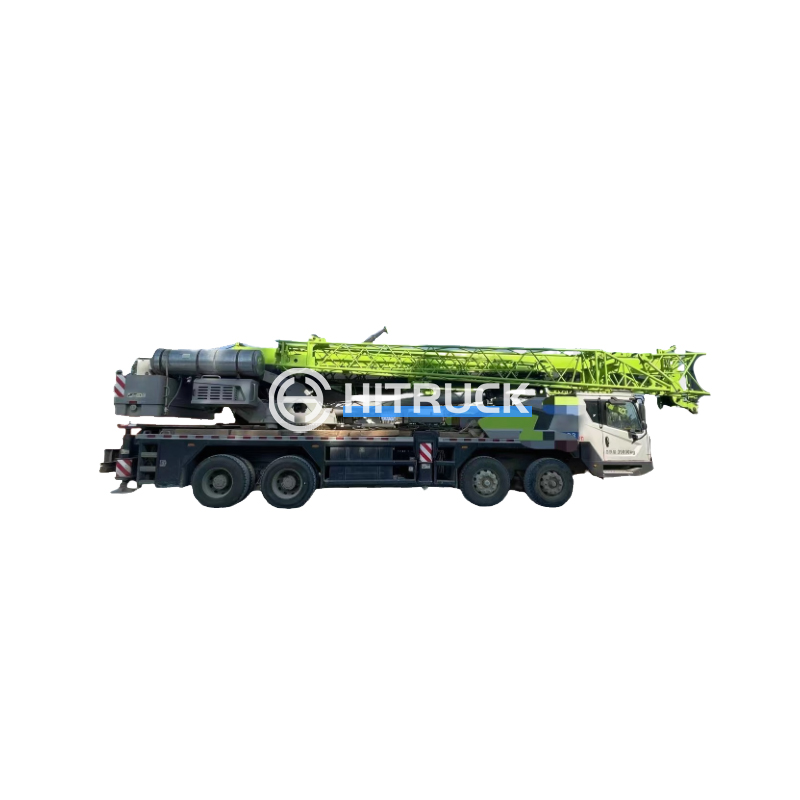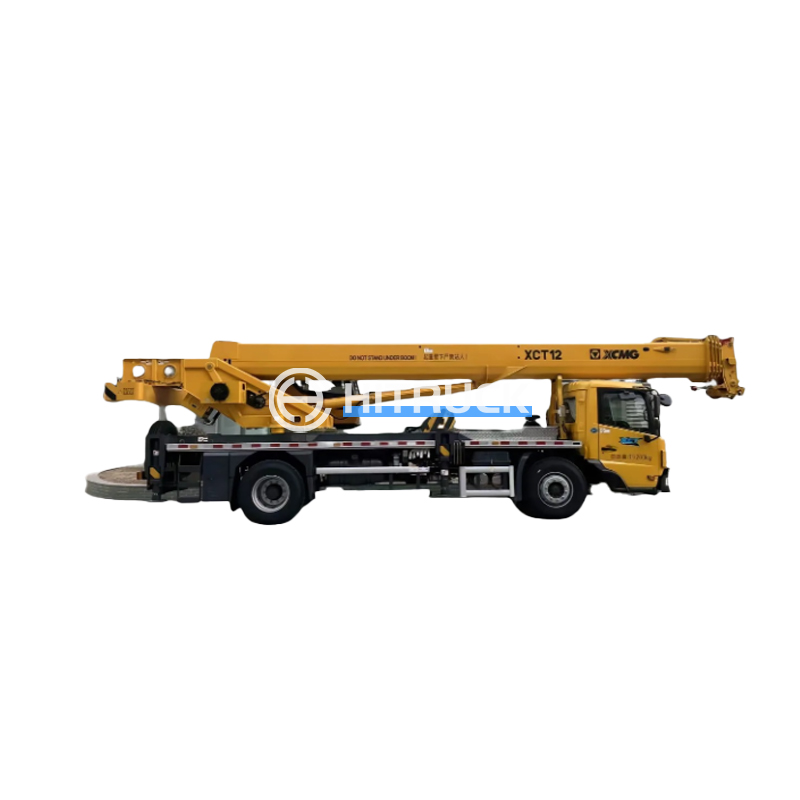This guide provides a detailed overview of single girder overhead cranes, covering their design, operation, applications, and maintenance. Learn about different types, capacity considerations, safety features, and how to choose the right crane for your specific needs. We'll also explore common issues and troubleshooting tips to ensure efficient and safe operation. Whether you're a seasoned professional or new to the field, this resource will equip you with the knowledge to understand and utilize single girder overhead cranes effectively. Find the right crane for your industrial application today!
A single girder overhead crane is a type of material handling equipment consisting of a bridge structure supported by a single I-beam or girder running along a runway system. It's used for lifting and moving heavy loads within a specific area, such as a factory or warehouse. Compared to double girder cranes, single girder overhead cranes are typically less expensive and simpler to install, making them a popular choice for lighter lifting capacities. They are highly versatile and can be customized to meet various lifting requirements.
Several variations exist within the single girder overhead crane category, each designed for specific applications and load requirements. These include:
Determining the appropriate load capacity is crucial for safe and efficient operation. This involves considering the maximum weight to be lifted, the frequency of lifts, and any potential impact loads. It's always advisable to consult with a qualified crane specialist to ensure accurate capacity selection. Consider factors like the weight of the materials being lifted, the hoisting mechanism's efficiency, and the overall structural integrity of the crane and its supporting structure.
The span refers to the horizontal distance between the runway beams, while the height encompasses the vertical lifting range. Accurate measurement of these dimensions is essential for proper crane installation and operation. Incorrect measurements can lead to operational difficulties and safety hazards. Understanding these factors will help you choose the right size single girder overhead crane for your workspace.
Regular inspections and preventative maintenance are vital for ensuring the safe and reliable operation of your single girder overhead crane. This includes checking for wear and tear, ensuring proper lubrication, and addressing any identified issues promptly. A comprehensive maintenance program can significantly extend the lifespan of your crane and reduce the risk of accidents. Refer to the manufacturer's guidelines for specific maintenance schedules and procedures.
Modern single girder overhead cranes incorporate various safety features such as overload protection devices, limit switches to prevent over-travel, and emergency stop mechanisms. Understanding these features and their operation is crucial for safe handling. Regular testing of these safety devices is essential to guarantee their functionality.
Single girder overhead cranes find wide applications across numerous industries, including:
Their versatility and adaptability make them suitable for a broad range of material handling tasks. The specific model and configuration will be dependent on the individual needs of the application.
For high-quality single girder overhead cranes and other material handling equipment, consider exploring options from reputable suppliers. One such supplier is Suizhou Haicang Automobile sales Co., LTD, offering a wide range of industrial equipment and solutions. Hitruckmall is a great place to find the perfect crane for your needs.

